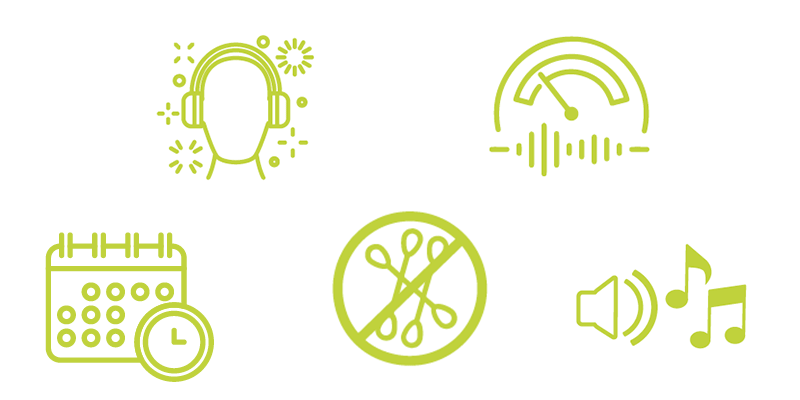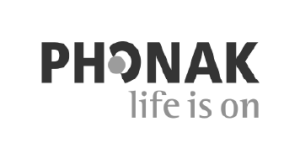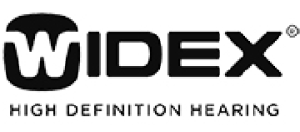
Well Hearing is Well Being
Good hearing and communication are important through all stages of life Statistics Canada reports that 21% of adults have mild hearing loss2 whereas 7% of adults2 experience “moderate or worse” hearing loss. And hearing loss is generally prevalent over age 50. Hearing loss can be avoided through preventative actions like protecting your ears from loud sounds, practicing healthy ear care and keeping up with immunizations. Those at risk of hearing loss should have their hearing checked regularly because hearing loss can be addressed easily when it is identified in a timely manner. How can you take control of your hearing health?








